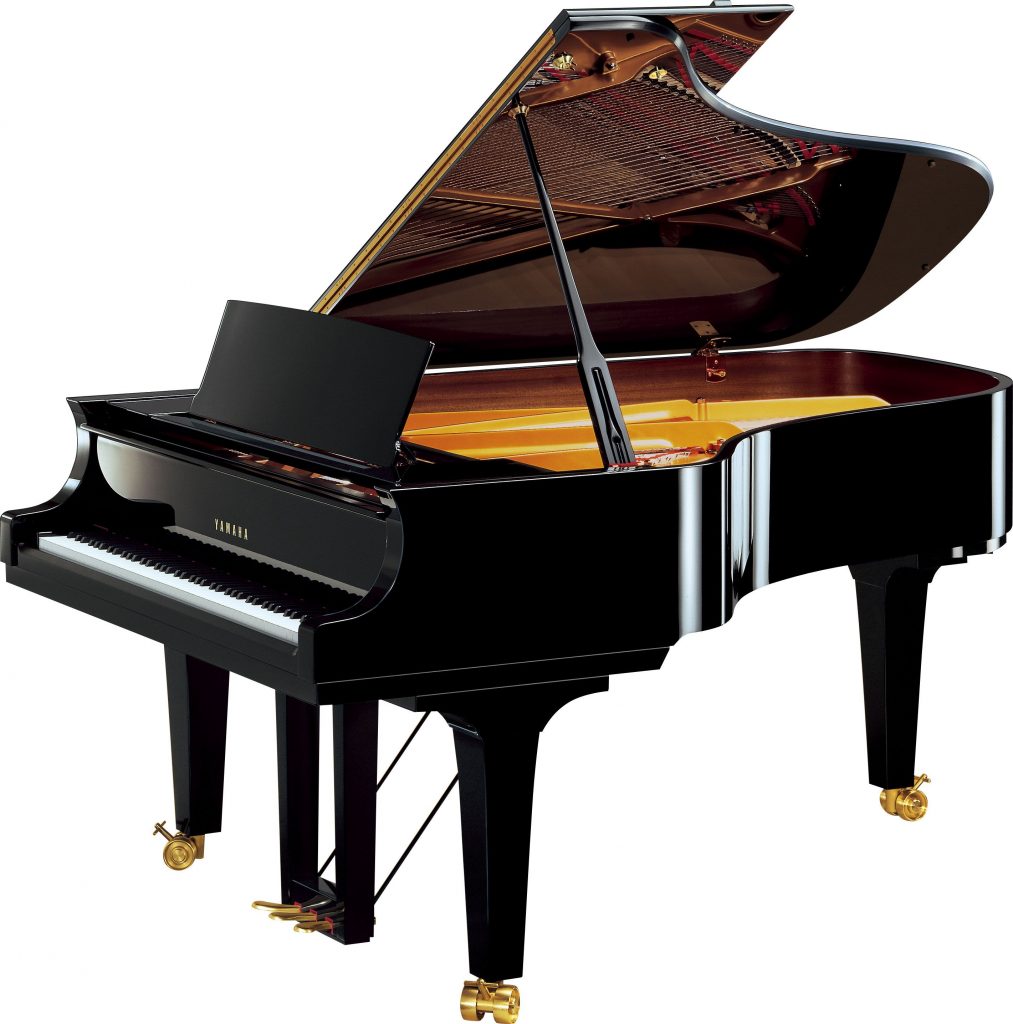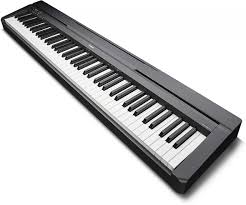A piano is one of the most sought-after musical instruments in the world. It can be played by people of all ages, and it offers a variety of sounds depending on how hard you press down on the keys.
There are two main types of pianos: digital and regular. Regular pianos require tuning every year or so because their soundboard has to absorb moisture from its surroundings.
Digital pianos don’t have this problem, but they do tend to cost more than regular ones. In this blog post, we’ll discuss these differences in detail and give you an idea of which type would work best for your needs!
Regular/Acoustic Piano

A regular or acoustic piano produces different sounds depending on how you play it. It brings out emotions that cannot be expressed through any other instrument.
However, Regular pianos require tuning every year or so because their soundboard has to absorb moisture from its surroundings. Tuning can cost anywhere between $100-$200.
The word “piano” is a shortened form of “pianoforte.” The word comes from the Italian music term “gravicembalo col piano e forte.” It means that the instrument had quiet and loud parts. The piano is different from the harpsichord and pipe organ. This is because the other instruments can’t make as much sound as a piano. They only make one sound loudly or quietly. You can make more than one sound with an acoustic piano by pressing on the keys harder or softer on a piano.
Most of the modern pianos have 88 keys. You can play many notes on a piano. On the keyboard, there are two kinds of keys: white and black. The white ones are for playing the notes in the C major scale (C, D, E, F, G, A and B). The black ones are higher up and further back, and are for the “accidentals” needed to play in all twelve keys.
Digital Piano

A digital keyboard is an electronic instrument that plays music. It is like a regular keyboard but it with electronic components inside. It is a type of keyboard that feels like a real piano, and it sounds like one too.
Digital pianos made by Yamaha are special. They have hammers for playing the keys and not to hit the strings. This creates a more realistic experience closely related to that of playing an acoustic piano.
Digital pianos use either a sound made by a machine or a recorded sound of an acoustic piano. This sound is then amplified through a speaker. Some digital pianos are also designed to resemble an upright or grand piano.

Digital pianos are smaller, weigh less, cost less than acoustic pianos, and also sound good. Digital pianos don’t need to be tuned, but there is the option of tuning them to sound like other instruments. They can also be played loudly or through headphones only.
Digital pianos can make other sounds such as the pipe organ, electric piano, Hammond organ, and harpsichord. They are often used in schools and music studios instead of traditional instruments.
ALSO READ: Is a Piano Stand Necessary?
Digital Piano vs Regular Piano Differences
| Digital Piano | Regular Piano |
| Lightweight & compact | Sophisticated & appealing sound |
| Limitless musical expression | Doesn’t require tuning |
| High-quality sound | Sensors can detect key movement |
| Intuitive response to touch | Grand piano touch response |
| Varying timbre & sound quality | Consistent timbre for all pianists |
| Sustains notes over a long period | Approaches the response feature of a real piano |
| Lasts longer | Durability depends on the expected lifetime of electrical components |
Digital Piano vs Regular Piano: Which Is the Best Choice?
Choosing either a digital or regular piano solely depends on your needs or preferences. Digital pianos are great for those with mobility issues or people who need to play piano in a small space. They also offer more variety of sounds than acoustic pianos, and they can be played through headphones when noise is an issue.
One the other hand, regular pianos have the advantage of being able to take on any tuning, enabling them to sound like other instruments.
In the end, it is up to you to decide what type of piano best suits you.



